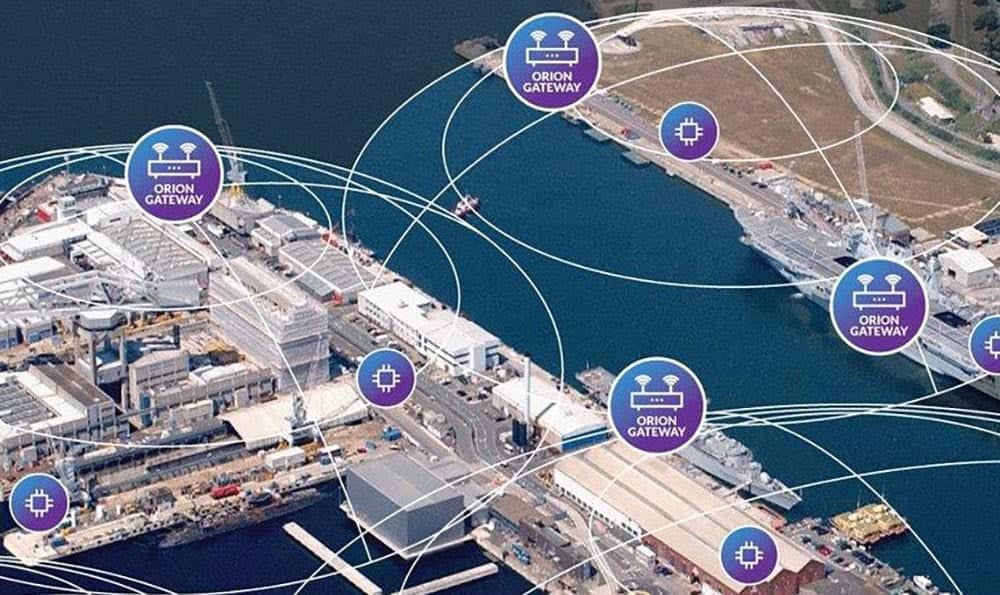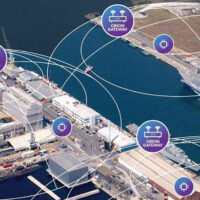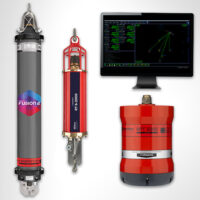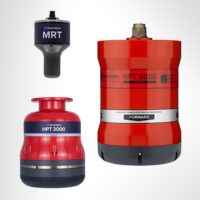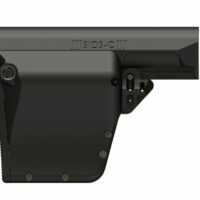Military asset tracking solutions are used to track high-value resources such as vehicles, vessels, weapons systems, consumables and personnel.
They can be used to aid in inventory management, theft prevention and predictive maintenance, and help keep supply chains running smoothly, allowing essential purchases to be made at the optimal time.
Asset Tracking Software
Modern asset tracking software provides armies, navies and air forces with real-time visibility and control, ensuring that amounts and locations are up-to-date. Such software provides a much more efficient alternative to manually entering information into a database, eliminating the risk of human error and providing high levels of automation. Military base asset tracking also ensures that items are automatically kept track of when they leave a particular location.
Barcode Asset Tracking
The most simple method of asset tracking involves the use of barcodes or QR codes. Asset barcode tracking is easy and inexpensive to implement, requiring only a barcode scanner. As it does not provide real-time tracking, it is usually used for less complex applications such as warehouse inventory.
RFID Tracking
RFID (radio-frequency identification) asset tracking uses tags that contain data such as item names, serial numbers or amounts. This data can be transmitted via an RF signal and picked up by an RFID reader.
- Passive RFID tags have no internal power source and are activated by energy transmitted by the RFID reader. They give off weaker signals with short ranges, but are inexpensive and require no batteries.
- Active RFID tags have their own battery and transmitter and may be able to broadcast data in real-time. They are more expensive than passive RFID tags but work over longer ranges.
More sophisticated asset tracking solutions use GPS or other GNSS to keep track of real-time location and may use 4G LTE connectivity to communicate this information to a central tracking system. These solutions are typically used for moveable assets such as vehicles and vessels.
Military asset tracking solutions may need to conform to standards such as MIL-STD-130 and STANAG 2290.





